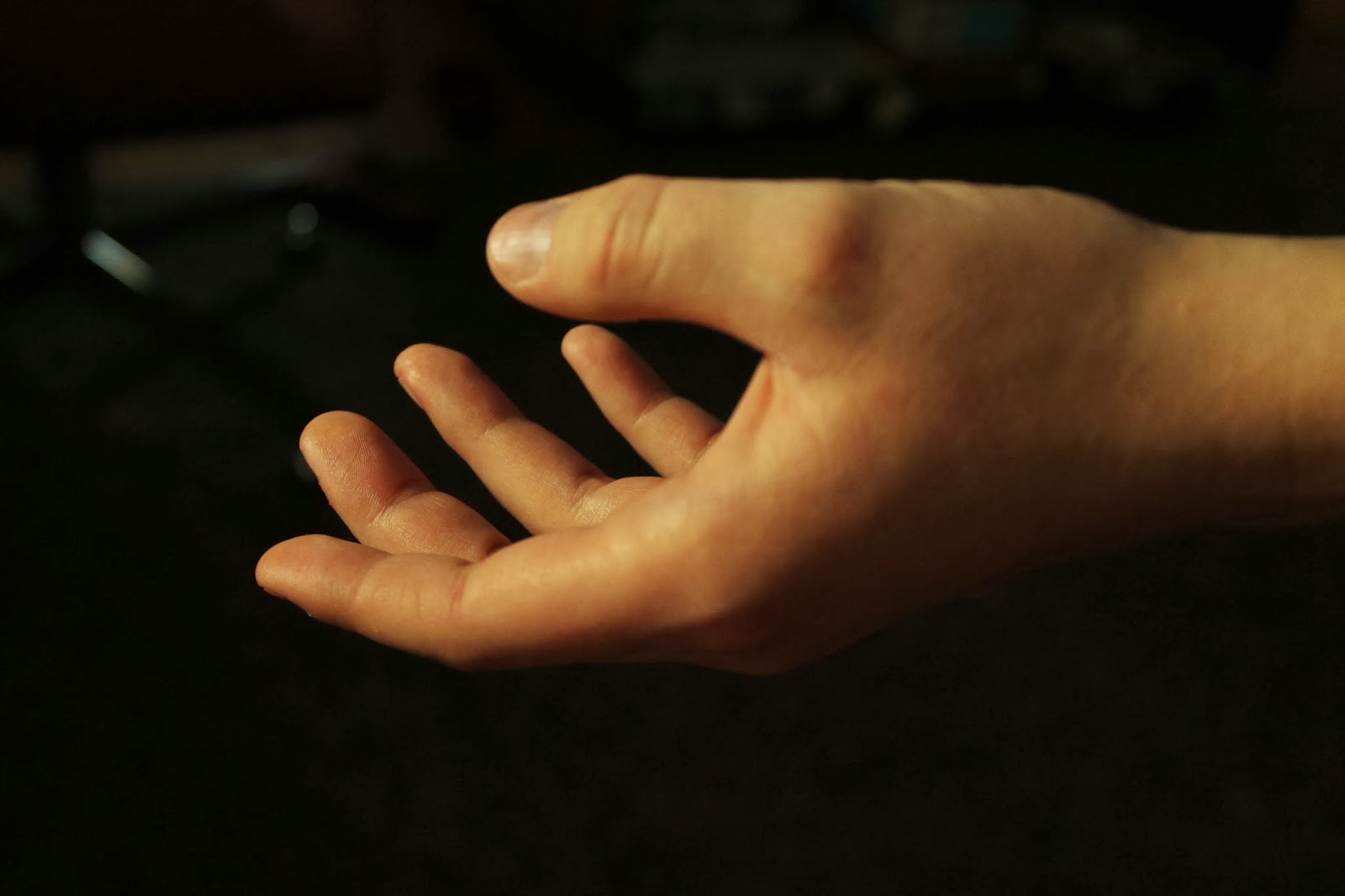Artist's Statement
As I
prepared my Fireside Chat, I began to brainstorm things that I believed
strongly in. The belief that people
become what you treat them like they are rose to the top of the list because it
is a belief I have a passion for and one that governs much of what I do and the
person I strive to become.
In my
experience, if a person is treated like a "problem child," they will
be trapped into being one, and that if someone is treated like they are stupid,
they are less likely to develop a habit of critical thinking. On the flip side, I also believe that if
someone is treated with affection, fondness, and respect, they will usually earn
that treatment retroactively.
One of
the major experiences of my life that taught me this was a friendship that
began when I was five. I did not know my
best friend has sever asperger syndrome, and the Spirit, for some reason, chose
to allow me to understand her. She has
grown into a funny, charming, well spoken, polite, sweet, cheerful, passionate
lady. I have come to understand that her
growth was at least in part assisted by the fact that I was able to understand
her, although through no merit of my own, and therefore did not treat her like
she was disabled our entire lives. I
love that sweet girl so much, and I am simply very, very blessed to have been
granted the priceless opportunity to be her confidant in little ways. I certainly do not feel like I deserved such
a gift.
Regarding
the Pain of Others by Susan Sontag discusses the fact that people connect
much more deeply and lastingly to events supported by photographic
evidence. When preparing my fireside
chat, I greatly regretted that I do not have photos of us as children with me
in Utah because I knew it would have made her story so much more real to those
listening.
In the
end, my Fireside Chat presentation reminded me of a much abbreviated Ted Talk. I thought about all of the spins I could take
on her story, but in the end, I just wanted to share that experience in simple
way.
It was
a very special opportunity to be able to share something I feel so tenderly
about with my friends and classmates, as well as to see and understand each of
them on a deeper and more empathetic level.




.JPG)
.jpg)










